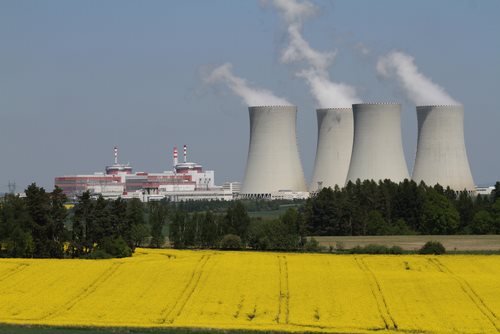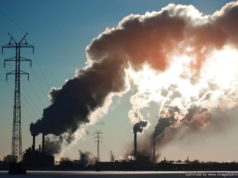 What is Environmental Pollution?
What is Environmental Pollution?
Environmental pollution is the introduction of toxic emissions or contaminants into a natural environment that directly causes disorder, instability, destruction or discomfort to the infected ecosystem, including all physical systems or living organisms within the particular environment.
Forms of Environmental Pollution:
Air Pollution
Light Pollution
Radioactive Contamination
Water Pollution
Causes of Environmental Pollution
The aforementioned forms of environmental pollution possess different sources. Air pollution, for instances, comes from both man-made and natural sources.
In addition to air pollution, the existence of hazardous waste is a crucial aspect of environmental pollution. Roughly 400 million metric tons of hazardous wastes are generated each year throughout the world; the United States produces 250 million metric tons alone.
Environmental pollution can also arise out of a natural disaster. For example, when a hurricane strikes, negative externalities such as water contamination left from sewage and petrochemical schools from ruptured automobiles or marine crafts are common.
Other forms of environmental pollution include disruptions to soil; common soil contaminants are chlorinated hydrocarbons, heavy metals (such as chromium, lead, cadmium, aviation fuel and gasoline, as well as zinc, arsenic and benzene.
Effects of Environmental Pollution
Environmental pollution has been found to be present widely throughout the world; the effects of such contamination are as follows:
Carbon dioxide emissions perpetuate ocean acidification and the ongoing decrease in the pH of the planet’s oceans as more and more carbon dioxide is dissolved.
The emission of greenhouse gas augments global warming which affects the ecosystem in a variety of ways.
The destruction of species and plant life can contribute debris and biomolecules that irreparably alter soil and chemical compositions of the environment, which leads to a reduction of native species competitiveness.
The presence of smog and haze can reduce the amount of sunlight received by life forms, most notably plant species, whose photosynthesis cycle is altered, leading to the production of tropospheric ozone materials.
The presence of Sulphur dioxide and nitrogen oxides can cause acid rain which diminishes the pH value of soil.

































